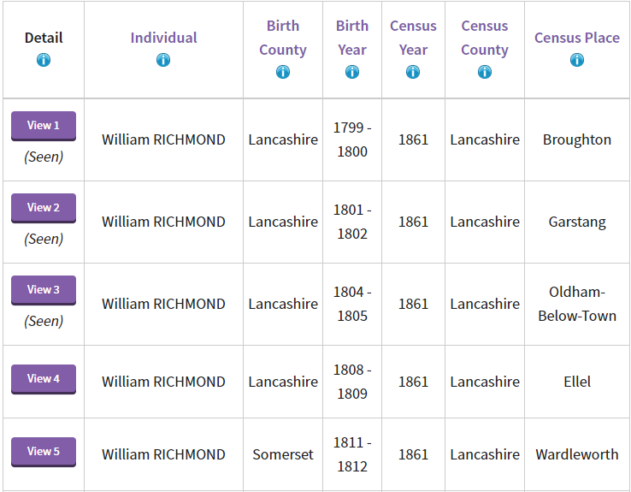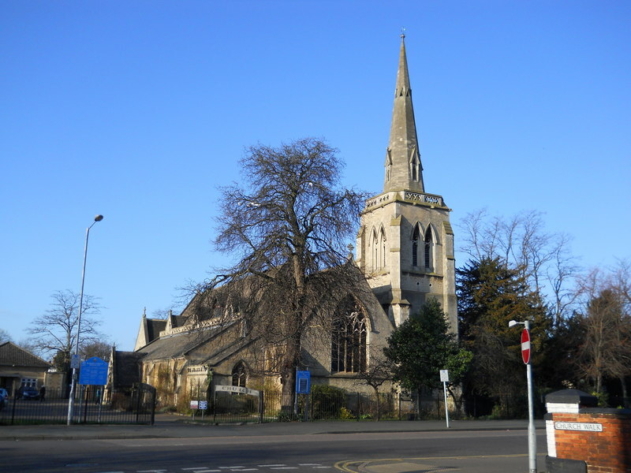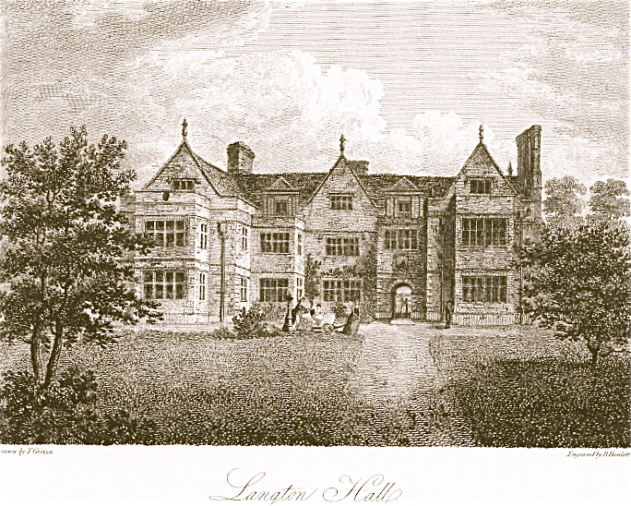Accessibility Improvements: New Colours For FreeCEN & FreeREG


In the summer of 2016, Free UK Genealogy began a journey to make all of our websites accessible to a minimum AA standard of W3C Web Content Accessibility Guidelines (WCAG) 2.1. People may struggle to access our services due to advancing age, long-term health issues, and/or disability, which can often make access difficult or impossible. We're committed to removing all barriers to access of family history information and so we arranged for our most newly-developed website at the time, FreeREG, to undergo accessibility testing at The Shaw Trust (you can read about that here, in our News article)
A few weeks later, we received the report which told us what we already knew: users with accessibility issues found it difficult or impossible to use our websites, even with assistive technologies. So we set to work to make the improvements required, with the vast majority of it being done by our volunteers.
One of the biggest jobs to come out of the audit was the insufficient colour contrast. The report stated:
The combination of text and background colour should be set to create an easy to read website. Using colours that are similar for the background and foreground can cause blocks of text to become difficult to read.
If the text size is at least 18 point if not bold and 14 point if bold, the minimum colour contrast ratio should be at least 3:1, if the text is less than 18 point if not bold and less than 14 point if bold, the minimum colour contrast ratio should be at least 4.5:1.
Throughout the site there are combinations of colours that fall below the minimum contrast levels that make the text difficult to read.
“There are instances where the text is made harder to read because of the colour combination used on the website when reading and hovering the mouse over certain links.”
(Colour contrast tester)

The new Free UK Genealogy logos
It’s taken us longer than we would have liked, but we recently released the new colours on FreeREG and FreeCEN, and the new FreeBMD website (FreeBMD2) will also be part of this new suite. Alongside the design colours changing we’ve also made the font heavier, as the text being to light and difficult to read was a complaint we frequently heard from our users. We hope that these advances provide genealogists using our websites with a more enjoyable research experience!
Visit FreeCEN and FreeREG now, to see these improvements and let us know what you think via the Contact Us link in the footer.



